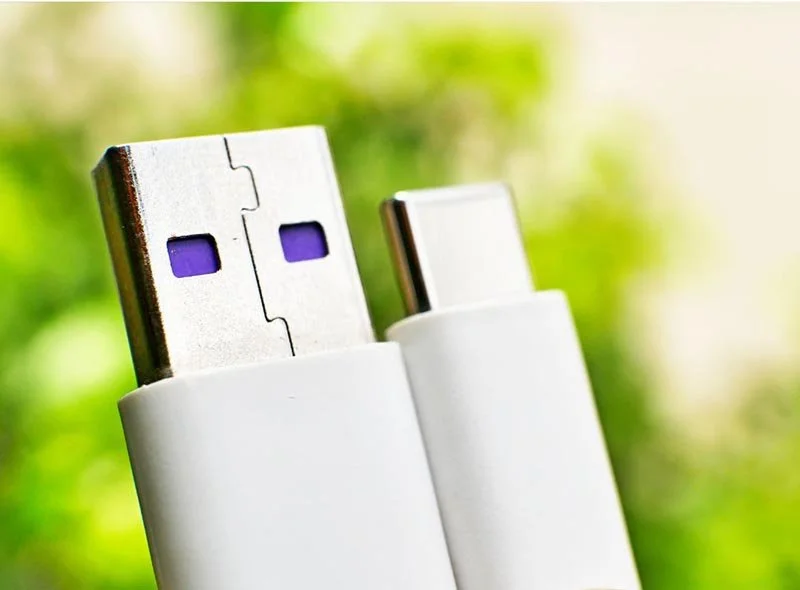Why USB Is Still the Most Important Port on Your Computer?
If you’ve ever plugged in a digital camera, printer, or external hard drive to your computer, you’ve probably used a USB connection. But what exactly is a USB, and why has it become such an essential part of our modern tech lives?
Let’s start with the basics. USB stands for Universal Serial Bus. It’s a standard that allows devices to communicate with each other and share information. Think of it as a universal translator for your gadgets, making it easy to connect everything from your smartphone to your printer without needing a dozen different cables.
USB connections are incredibly versatile. You can use them to move photos, videos, or documents from one device to another. They also charge your devices, like phones and tablets, while serving as a link for accessories such as keyboards, mice, and webcams. USB drives are perfect for carrying important files, and they’re also the backbone for many other gadgets, from gaming controllers to audio equipment. It’s hard to imagine modern life without USBs making everything work seamlessly.
So why is USB so popular? For starters, it’s simple to use. You just plug it in, and most of the time, your device is ready to go without any complicated setup. It’s also universal, as nearly every modern device supports USB, so you don’t have to worry about compatibility. And over the years, USB technology has gotten faster and more efficient, keeping up with the demands of larger file sizes and quicker data transfers.
Speaking of advancements, USB has come a long way. Early versions were slower and limited in what they could handle, but they paved the way for today’s standards. Modern USB 3.0 and USB-C connections are faster, more reliable, and more convenient. USB-C, in particular, is a game-changer because it’s reversible - no more flipping the cable three times to find the right side - and it supports rapid charging and high-speed data transfers.
One of the most frequent questions about USB is whether all USB devices work together. The good news is that USB is backward compatible, so newer USB ports can generally work with older devices. However, the speed or features you get will depend on the oldest component in the setup. Another common question is about USB hubs. These handy tools let you connect multiple devices to a single USB port, which is perfect for setups where you need to juggle a lot of equipment.
If you’re a business owner, understanding USB can actually make a difference in your day-to-day operations. It’s not just about convenience; it’s about efficiency. Using USB-powered devices can simplify workflows, save money by reducing the need for additional power sources, and help future-proof your tech setup. Investing in newer standards like USB-C ensures that your business can adapt to evolving technology without skipping a beat.
At the end of the day, USB is more than just a type of connection. It’s a cornerstone of modern technology that keeps our devices talking to each other and working smoothly. If you’re feeling overwhelmed by all the tech options out there, don’t worry. Simplex-IT is here to help. Whether it’s setting up efficient workflows or managing your IT needs, we’re dedicated to making technology work for you, not against you.
Still have questions or need assistance? Schedule a call with us or visit our Learning Center for more information. We're here to help!

